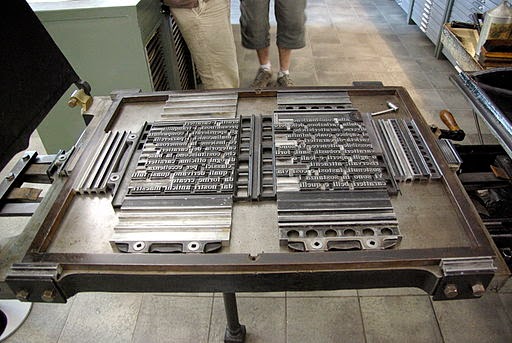The Shrimping It! eBook is out - free for a few days.
I've just published the eBook I'll be using for today's session at SPA. It's called Build your own Arduino clone, and you can get it here . It's a complete set of instructions for building your own version of the Shrimp , as created by the Makers of Morecambe. For the next few days you can get the current version and all subsequent updates for free. You can pay more if you want to. In return, I hope you'll provide me with feedback - and a few tweets wouldn't do any harm. The minimum price will soon be going up to a massive $1.49, so don't wait. Get it today !














